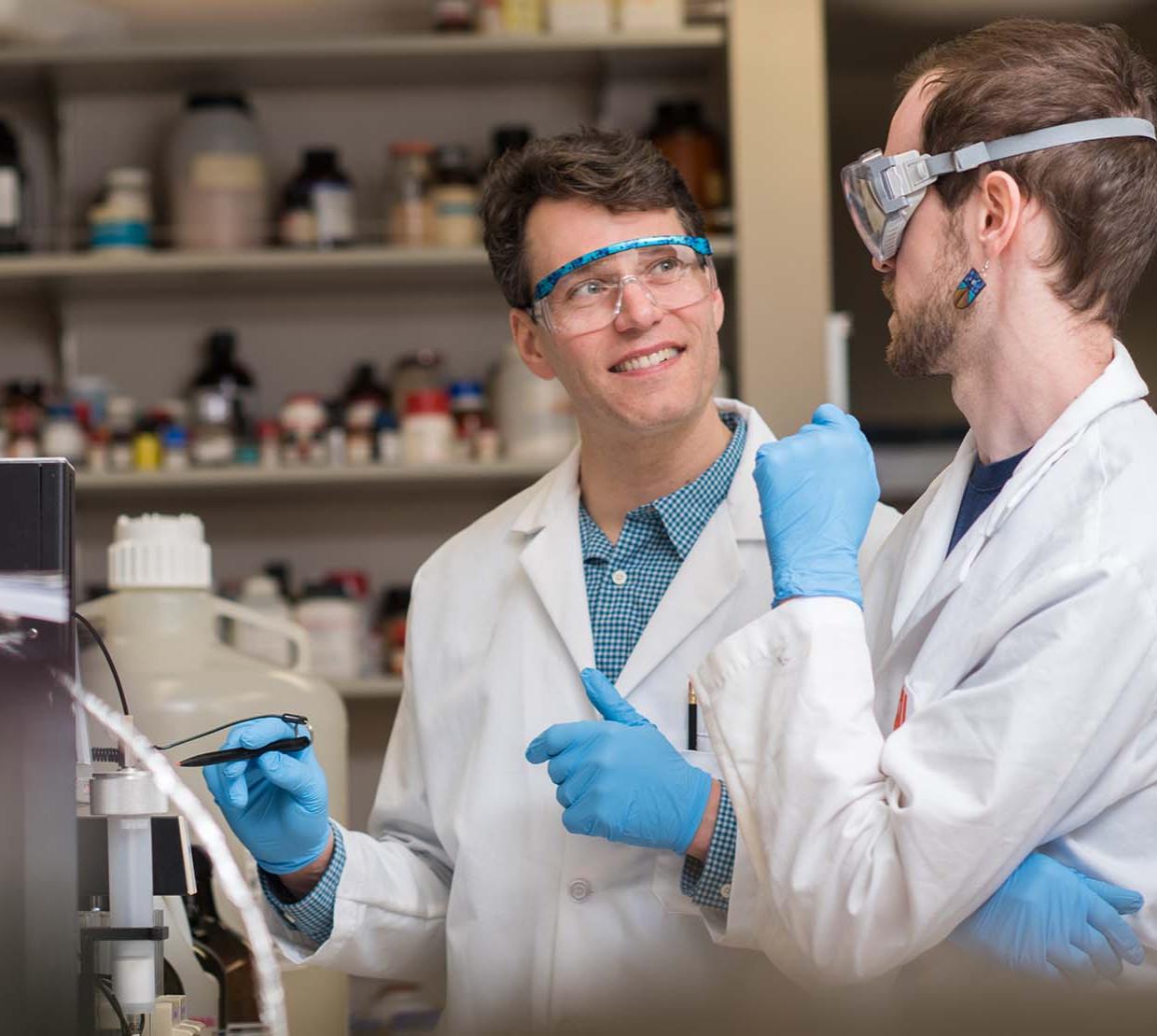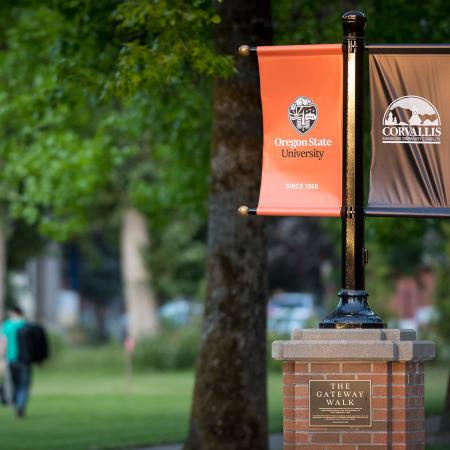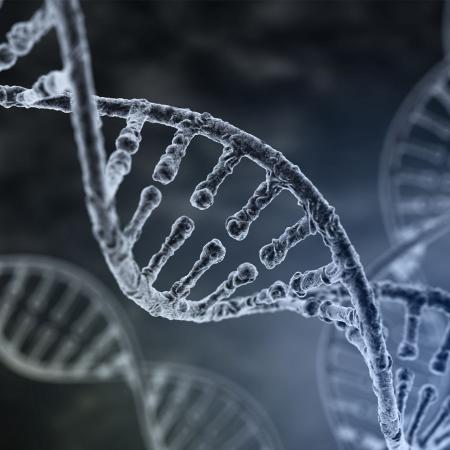The College of Science is thrilled to announce that the National Institute of General Medical Sciences of the National Institutes of Health (NIH) will fund the establishment of a Genetic Code Expansion (GCE) Center at Oregon State, the first ever of its kind. Named GCE4All, the Center launches February 1, revolutionizing protein-focused biomedical and materials research and solidifying Oregon State as the global leader in this powerful tool for protein engineering.
Professor of Biochemistry and Biophysics Ryan Mehl will direct the center, funded by the NIH as a Biomedical Technology Development and Dissemination Center for a total of $5.6M over five years.
Oregon State has gained a reputation over the last decade as a world leader in improving GCE technologies and making them more widely available, including through hosting workshops and conferences with international participation. A fusion of synthetic and chemical biology, GCE enables researchers to modify the genetic code of an organism so it can produce designer proteins that have built into them one or a few special building blocks which contain novel chemical groups. The ability to make such designer proteins brings with it new possibilities, fostering innovation across the life sciences, medicine and industry.
“Oregon State is currently positioned in a unique way for dissemination and development of GCE technology with regard to its robustness and connection to industry,” said Mehl. “I know the Center will be supporting and advancing great science here at Oregon State and all around the country and world."
Supercharging protein research
GCE technology enables researchers to modify the genetic code of an organism to produce novel proteins. All naturally occurring proteins are made up of the same 20 amino acid building blocks, but GCE allows scientists to expand that number. Since GCE’s inception in 2001, over 200 new amino acids have been created — each with the potential to enhance proteins for use in research, therapeutics and applications. Researchers can also use GCE to add tracking elements to existing proteins to probe protein structure and function within organisms, uncover the sources of aging and more. The specific aspects of GCE technology to be initially focused on are those needed to advance the research of a set of investigators around the country who need the advances to achieve breakthroughs in their NIH-funded research projects.
Mehl has pioneered efforts to expand access to GCE technologies as Director of The Unnatural Protein Facility (UP Facility). The UP Facility has hosted workshops and conferences since 2015, welcoming hundreds of international professionals from industry and academia. Historically, GCE was regarded as only available to specialized experts. By expanding the robustness and capacity of the technology, the UP Facility has leveled the playing field and made Oregon State a global hub for this kind of protein research.
“We teach people how to make GCE work for them, wherever their current limitations are,” Mehl said. “My goal is to train as many people as possible and reach the tipping point where the optimized technology catches hold as a basic tool for protein research.”
A global reputation for Oregon State
The new GCE4All center will build on the College’s strategic investment in GCE technology, bringing GCE to the masses, catalyzing interdisciplinary breakthroughs and forging a new era of innovation at Oregon State. The Facility’s past GCE conferences have been marked by a great deal of industrial interest. GCE4All will allow Oregon State to capitalize on the burgeoning growth of GCE technology and advance our world-class research.
“Many scientists know about the facility, and our training, and they’ve been very excited about getting trained. But no one really knows about the Center yet,” said Mehl. “As the GCE4All Center launches, we anticipate a lot of interest.”
The momentous achievement of the GCE4All Center funding was made possible through the work of the GCE4All proposal team and the enthusiastic support of the Department of Biochemistry and Biophysics, the College of Science and the Oregon State research office. Authors of the proposal are Mehl, Distinguished Professors Andy Karplus and Joe Beckman, Research Assistant Professor Rick Cooley, Senior Instructor Kari Van Zee, Postdoctoral Research Associate Hyo Sang Jang, and Assistant Professor John Lueck in the Department of Pharmacology and Physiology at the University of Rochester Medical Center. The GCE Center will be the first facility in the College of Science to be funded by the NIH.




